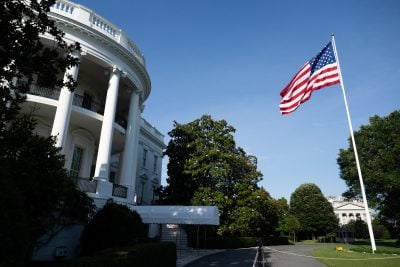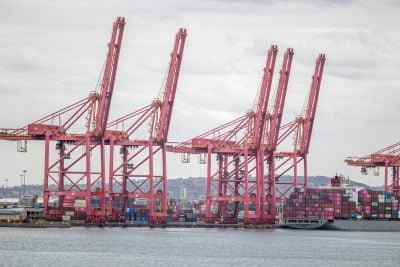These days, it seems that everyone wants to invest in Africa. According to the most recent figures on foreign direct investment (FDI) from UNCTAD, which cover the year to the beginning of 2013, Africa was the only region of the world that attracted an increased total of FDI. But who are the big investors? A close look at the statistics reveals some surprising answers – and perhaps the most surprising is the growing role of India. Report by Richard Walker.
African investment is growing. The latest figures on FDI flows show that in a year when FDI shrank throughout the rest of the world, only Africa managed to grow as an investment destination.
That is an important statistic: FDI is by far the most important investment measure, comprising as it does all investment outside of national stock markets – FDI represents new money coming into existing businesses, as well as investment in entirely new business projects, so-called ‘greenfield’ investments. Effectively, FDI measures global confidence in both countries and regions.
While the global total of FDI shrank from $1.65 trillion to $1.35 trillion, a fall of almost one fifth, African FDI grew to $50bn, up from $48bn the year before, and $44bn the year before that. So Africa is bucking the trend, which is for FDI to lag behind other economic indicators (which were largely in positive territory during 2012–2013).
In fact, most of the recent fall in global investment flows was concentrated in the developed economies: FDI fell by a third in what the UN defines as the developed world, back down to the levels of 10 years ago, while developing economies registered a fall of only 4%. Perhaps that is not too surprising, given that growth prospects are so much lower in the rich economies.
What may be more surprising is that investment in Africa remains so low. An annual FDI flow of $50bn is tiny compared to the global total of $1.35 trillion, a mere 3.7% of all the investment flows in the world.
Developing economies now receive more than half of all global FDI, but almost 20% of that total goes to South America, and over 30% goes to Asia. Africa may seem like the flavour of the month when measured by column inches devoted to the African economic renaissance, but the figures tell us that interest in Africa has yet to be translated into hard investment cash.
Nevertheless, Africa is unique in that inward FDI is growing. The space may be small, but many would agree that the best is yet to come, as Africa looks set to record the world’s fastest economic growth rate this year and for some years to come (for example, Ernst & Young, a consultancy, recently forecast GDP growth of around 5% over the next 10 years; Standard Chartered Bank believes the region’s GDP growth could by closer to 7% over two decades). So who are the big investors in the continent of the future, and what are they investing in?
Many assume that foreign investors are primarily interested in African resources, and particularly in energy and mineral mining. Yet it turns out that this is not the case. According to data from UNCTAD, the proportion of greenfield investment going into resources has declined steadily throughout the world over the last 10 years, and has never been above 18%.
In the last recorded year, resources accounted for only 4% of all new global investment projects. Comparable falls have also been seen in Africa: in the last recorded year the value of greenfield services investments in Africa was around $18.6bn, while manufacturing investments were worth $20.8bn, compared to only $7.4bn in resources.
Outside of greenfield projects the African resources sector did even worse, and in 2012, investment flows were actually negative – that is, more money was pulled out of Africa than came in. So whatever foreign investors are looking for in Africa, it doesn’t seem to be primarily resources.
And who are the investors themselves? The answer depends on which figures you look at. Annual FDI flows do not tell the whole story when it comes to foreign participation in African economies, because one large investment can easily skew the figures and make one country or even one company seem more significant than it really is.
Historical figures on the total FDI stock (that is, investment built up over the years) give the best picture of long-term investment relations, while annual FDI flows give an idea of the way these relationships are changing.
Want to continue reading? Subscribe today.
You've read all your free articles for this month! Subscribe now to enjoy full access to our content.
Digital Monthly
£8.00 / month
Receive full unlimited access to our articles, opinions, podcasts and more.
Digital Yearly
£70.00 / year
Our best value offer - save £26 and gain access to all of our digital content for an entire year!
 Sign in with Google
Sign in with Google 


